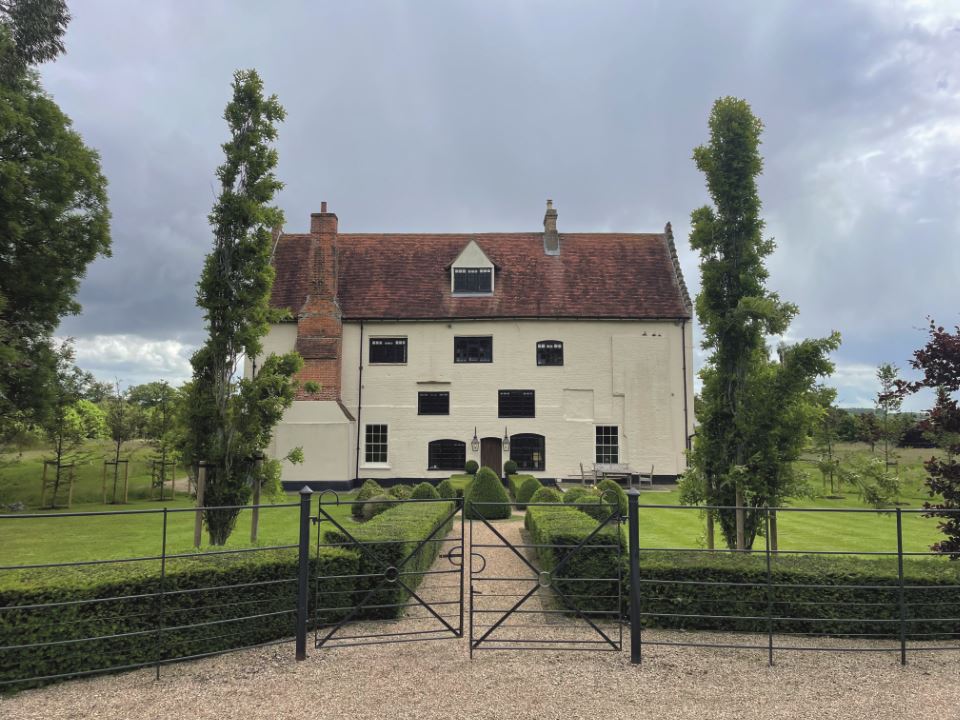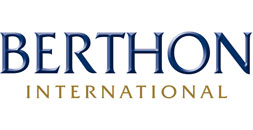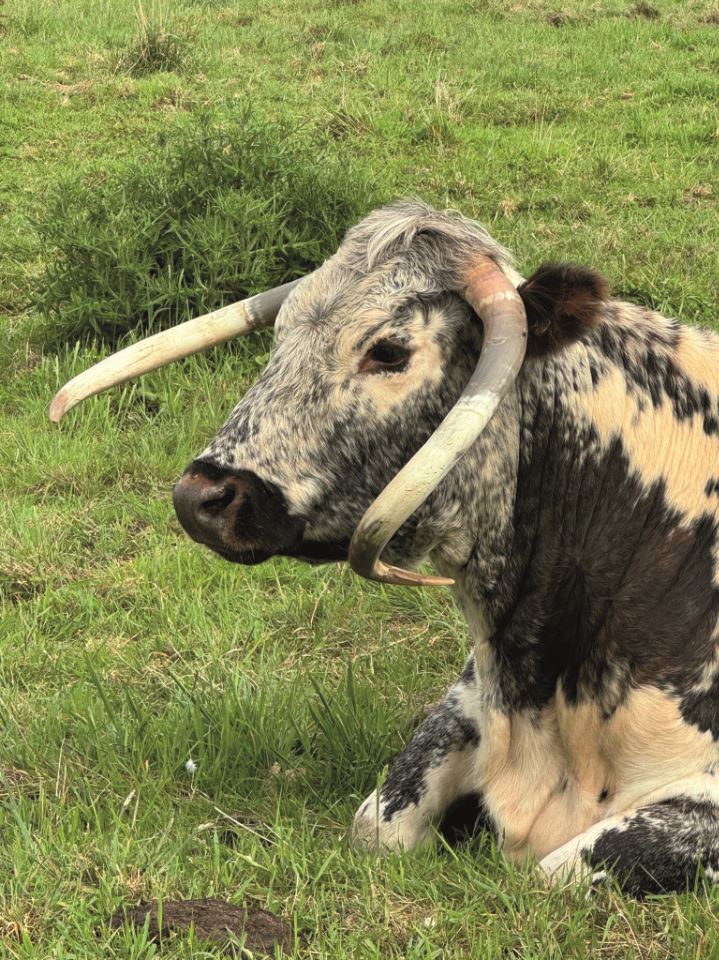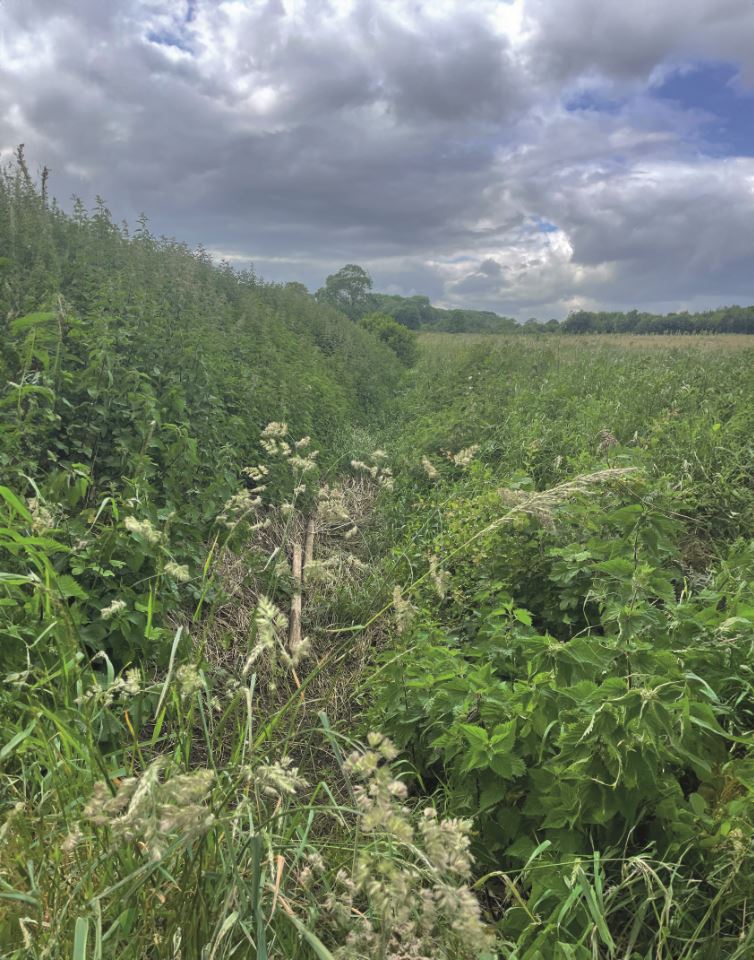Your Local Broker, Internationally
Berthon UK
(Lymington, Hampshire - UK)
Sue Grant
sue.grant@berthon.co.uk
0044 (0)1590 679 222
Berthon Scandinavia
(Henån, Sweden)
Magnus Kullberg
magnus.kullberg@berthonscandinavia.se
0046 304 694 000
Berthon Spain
(Palma de Mallorca, Spain)
Simon Turner
simon.turner@berthoninternational.com
0034 639 701 234
Berthon USA
(Rhode Island, USA)
Jennifer Stewart
jennifer.stewart@berthonusa.com
001 401 846 8404
Darsham Old Hall – nuts about sustainability
By Julian Young
Darsham Old Hall, home to Hannah, me and the family, was gifted to Roger Bigod by William the Conqueror in 1066. The first records of the place can be found from 1150. It has always been lived in, and with its 52 acres has seen man’s attempts to manage the land and to produce food down the centuries.

I can only imagine what it thought of me and my cohorts – children of the 1970s, living a charmed life with 55.5 million people in the UK (against 68 million in 2024). There were less cars, infrastructure and demands on the land. As a result, there was significantly more flora and fauna and the world breathed a little easier. We had Wombles! The countryside was everywhere, we got bitten and stung, cold, dirty and wet through. There were thistles, nettles, wasps and bees. Hedgehogs and weasels, thrush, sparrow, swallow and starlings.
And what did we do to improve this wonderful environment? We killed the thistles and nettles and cut the grass so we didn’t get wet when walking. We cut the hedges for a better view and to make them look neat. We killed flies and wasps (they were so irritating), bought fast cars and yachts, bought masses of next day goods from vast distribution centres; and we powered our efforts with polluting fuels. As we got richer and better at what we did, the damage that we did grew exponentially.
So, in 2020, as a family, we decided to wean ourselves off fossil fuels, to stop buying gear we didn’t really need, to work to reduce the environmental impact of our hobbies and to help nature have a chance at Darsham.
The Darsham plan for the 52 acres, house and outbuildings is nothing as grand as rewilding. It is not Knepp. We decided to stop using fossil fuels here and increase biodiversity and habitat in such a way that it would pay for itself and give us a long-term annuity income. Much like Roger Bigod’s plan back in 1066, I guess.
Number one priority was getting rid of fossil fuels which is all around the use of electricity. We now have a ground source heat pump that heats the house, does all the cooking and delivers hot water. In the outbuildings sit electric cars, farm equipment which is in the main electric including the sit upon mower, and excitingly a Polaris Ranger Electric which can tow just about anything!
Next came biodiversity and habitat. We started with this on 40 acres 3 years ago, starting with a hefty perimeter fence, followed by 3,000 Woodland Trust native trees, all with stakes and guards. Recently, three English Longhorn cattle joined the habitat team – Stephanie, Mandy and Charlotte. The Girls are all retired from breeding and live at Darsham as keystone species. Large herbivores, they graze through pasture and woodland leaving an ecosystem in their wake. They are doing a great job thinning overcrowded scrub strips to prevent the area ending up as a closed canopy woodland. They disturb the land, replenish the soil with their dung and transport seeds and nutrients. We love them. 40 acres are not nearly enough to provide for a natural herd and neither do our Girls live here without a bit of help from us, but they are critical to what we are trying to achieve at Darsham.
In three short years, the hedges have grown out, the grass is long, and the brambles love it. With this has come self-seeding oak, ash, blackthorn and cherry. These new saplings are sturdy, resistant to muntjac deer and of great quality. Had we known then what we know now, we wouldn’t have bothered with the Woodland Trust trees – Mother Nature has proved well able to manage tree planting and all that on her own – and we wouldn’t then have needed to bother with stakes and guards, and the interventions these require.
Remembering that I am a child of the 70s, you will not be surprised that the hardest part of the project has been the raging internal argument between tidy and untidy. However, with Mother Nature now in charge, the sight and sounds of a turtle dove in one of our overgrown hedgerows has now silenced my tidy gene for good.
So then for the paying for itself bit. The project will of course be paid for by nuts! Walnut and Cobnuts to be precise. The remaining 12 acres has a nut grove of around 1,000 walnut and cobnut trees. The plan is that in the next 3 to 4 years, the nut trees will start to deliver a high value organic crop. Currently, nuts sell at £10 per kilogram and our trees should produce 30 kilograms each, every year.
Darsham’s nut grove is planted as a traditional orchard so none of the crowns are closer than 5 metres apart. They are open grown trees in herbaceous vegetation. This means that the grove too, is kind to the planet and is recognised as a priority habitat as far as the catchily named UK Bio-Diversity Action Plan, is concerned.
So, a bit on the nut maths. We paid £80,000 for the trees, a bore hole and nut processing equipment. Our first commercial crop is in 3 years, and we should be all square in year 5. We will then plant another 30 nut trees, and then take an income from sales. So, the sustainable commercialization of the 12 acres pays for letting Mother Nature take over in the other 40 acres.
Of course there is always more to do. Suffolk is one of the driest counties in the UK, so we are lucky that Darsham has a seasonal spring running through the land. Over the years it became a drainage channel, picking up road run off with steep sides and a massively quick run-off rate. So, we are working with the RSPB on a plan to re-wiggle the channel and create ephemeral pools. This will slow the water’s passage and create habitat for many endangered plant species. It also stops nutrient run-off , hence water quality is improved downstream. We are looking forward to seeing water mint, great willow herb, purple loosestrife and black poplar, all of which we will plant. We hope our reward will be the return of the water vole and otter to Darsham’s lands. Not very 1970s I know, but another big step in our sustainability journey.
Read Another Article
Download The Berthon Book 2024-2025 XX (28.2MB)



